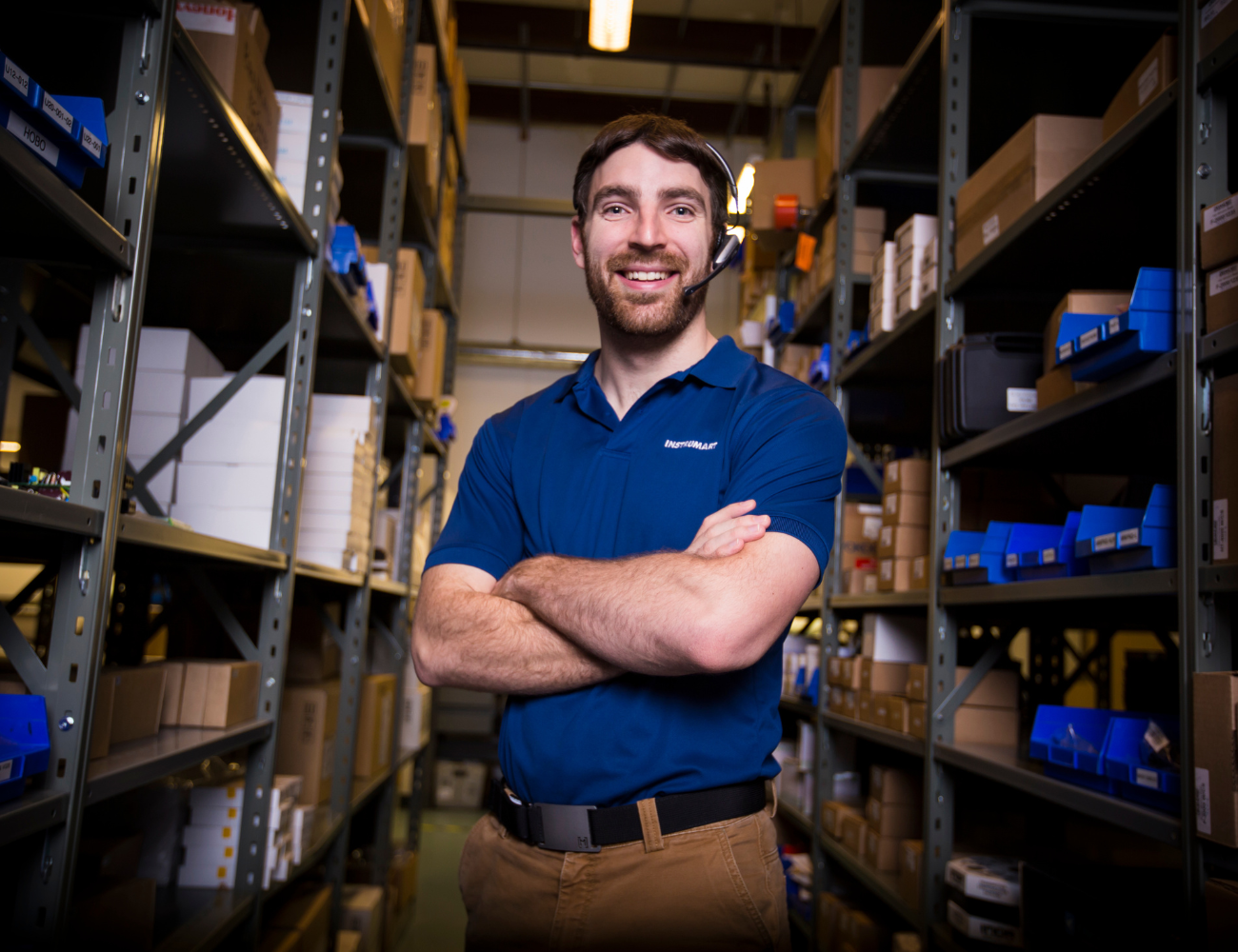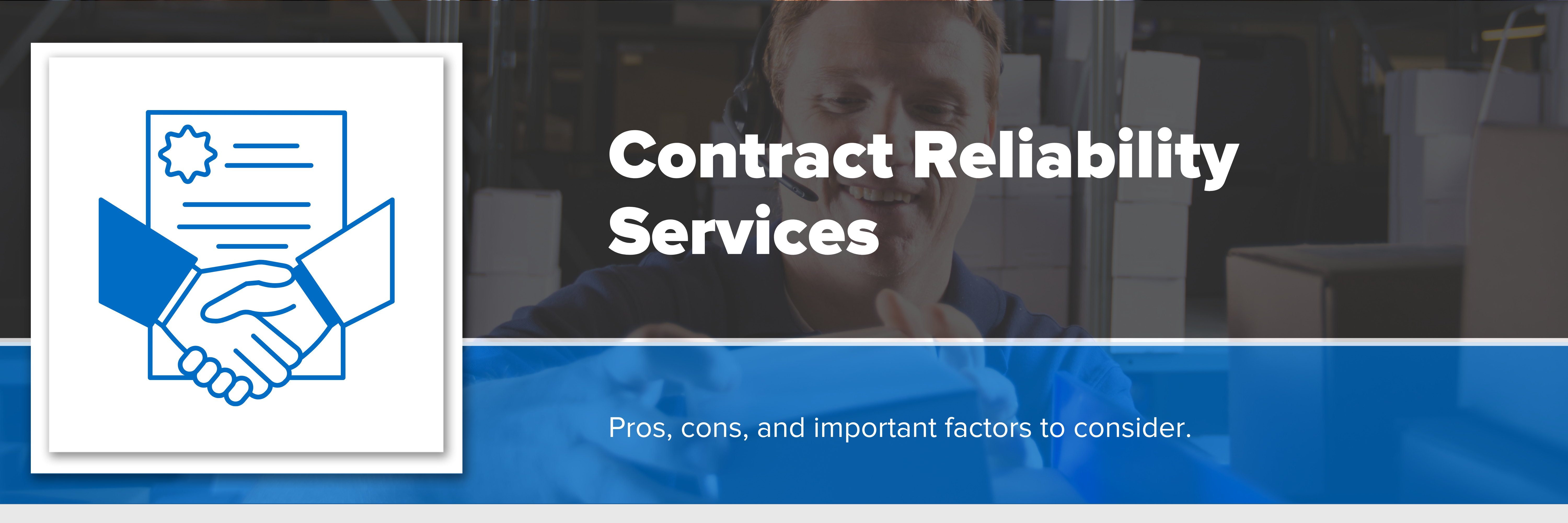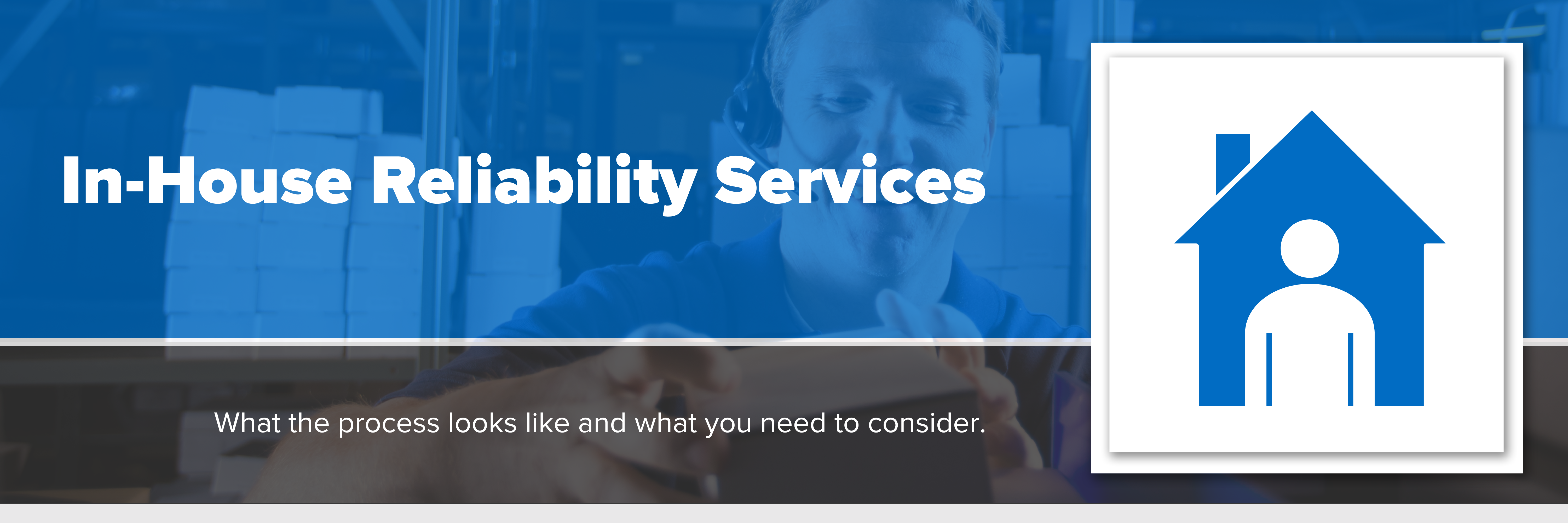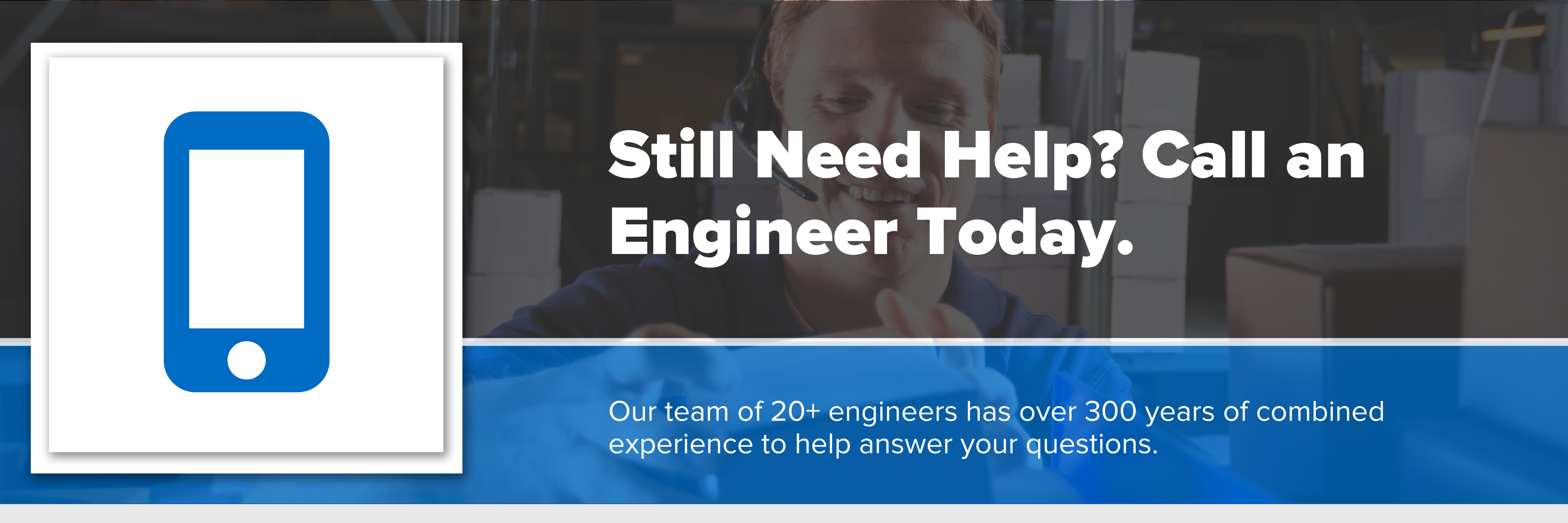Reliability Centered Maintenance - Lesson 1

You are a plant operator in an industrial setting with dozens (or even hundreds) of assets and it is your job to strike a balance between maintenance costs and reliability (uptime). You feel like you have a good understanding of the cost of downtime and you know that simple time-based preventative maintenance isn’t going to give you the reliability that you desire. Also, due to economic pressures, your maintenance team isn’t as big or experienced as you’d like. What are your options for moving away from strictly time-based maintenance and toward reliability-centered maintenance?
In this multiple-part series, we’ll be going over the recommended steps from transitioning from preventative maintenance to a more reliability-centered maintenance strategy. This first part is designed to help you decide whether or not this is something you want to take in-house or outsource to a contractor. The subsequent parts of this series will all be written for the people who have decided to bring these services in-house. These will have specific hardware/software recommendations.

Contract Reliability Services
The first option is contracting reliability services from an outside firm. This is certainly a viable option for many companies, given that it is done properly. The contractor is going to charge you based on the number of assets and the frequency of their visits. For a small to medium-sized industrial application, it would not be uncommon to expect $2,500/visit. The main question that you need to answer here is the frequency of visits. The rule of thumb is to shoot for monthly and settle for quarterly. In general, roller element bearing machines have anywhere from 1 to 9 months between the time that something changes that will cause eventual failure to the time where the machine experiences functional failure. Functional failure is where the asset no longer performs at its expected level. Even with quarterly visits, there is still a chance that the asset fails in the 1-3 month range rather than the 3-9 month range and you could still experience downtime.
Pros of Contract Reliability Services
Capital Expense Savings
There are many expenses that come with instituting a reliability program. These costs mainly consist of hardware and software. By hiring a contractor, you avoid these large capital expenses because the contractor will have already made these investments.
No In-House Expertise
You don’t have to have the requisite in-house expertise. Even if you have the best hardware and software available, if you are unable to properly interpret the data generated by these tools, you will rarely catch failures before it occurs. A contracted company may have decades of experience in various reliability disciplines: including vibration analysis, ultrasonic testing, thermal imaging, oil analysis, as well as just general knowledge of rotating equipment. Each one of these tools is powerful by itself, but they all have areas where they excel more than others. Knowing when to use each piece of equipment is key to best understanding the failure modes of each machine.
Cons of Contract Reliability Services
Contract Cost
The contract cost could be anywhere from $10k/year on up. There is no guarantee that they are able to prevent every machine failure and eliminate downtime. You could have an analysis performed and the asset could fail soon after. This would be uncommon but it could certainly happen.
Subject to Contractor's Schedule
If you don’t have your own analysis equipment and technical staff to perform the work, your reliability measurements are subject to the contractor's schedule. For non-critical equipment, this isn’t typically a problem, but it is something to keep in mind.

In-House Reliability Services
You’ve decided that you have the staff and capital to bring these services in-house. Now what? What does this process look like?
Criticality Assessment
This allows you to understand the relative value of everything in your plant. The maintenance needs of a multimillion-dollar gas turbine are, of course, not the same as an auxiliary fan. If you treat every asset the same, your reliability program will suffer tremendously. There are all kinds of information and spreadsheets about performing a criticality assessment so I won’t go into much detail, but it is an important first step to a successful reliability program.
Asset Monitoring
Your criticality assessment will help you determine how you want to monitor each asset. If the asset is of low cost or something you have spares for, there is no need to put an expensive real-time protection system on it. On an asset like this, run-to-failure could be a perfectly acceptable, cost-effective solution. On the other hand, if this low-cost asset has the potential to shut your line down and requires parts coming from overseas, then maybe this is an asset where you would want to use a real-time monitoring solution. There are three main types of monitoring:
- Protection, 24/7 sensors going to controls with shutdown capability
- Scanning, permanently or temporarily mounted sensors that take periodic measurements
- Route based, someone physically takes data periodically
Integrating Hardware/Software
Now that you have decided which assets need to be monitored, and how they are to be monitored, it is time to figure out what you need for hardware, software, and make sure that your staff has the training required to render the equipment useful. Every piece of machinery analysis equipment will produce more data than you could ever need, but this data will be useless if you aren’t able to interpret the data in an actionable way. While there are some instruments designed to help you with your decision-making (and I am sure machine learning and AI will continue to improve), most analyzers will require someone to properly interpret the data in order to make decisions about each asset. It is important to make sure that there is someone on staff capable of using any piece of equipment you buy. There are many training options available and each skill gained will contribute to the success of your reliability program.
Read Lesson 2 Here: Real-Time Monitoring Solutions.

Still Need Help? Call an Engineer Today.
If this post still leaves you wondering what type of industrial instrumentation would work best for your application, our engineers would be happy to help you. Give them a call at 1-800-884-4967. Or, you can shop for a wide range of industrial instrumentation from top brands and even configure your product online. We offer free lifetime tech support with every product sold.









